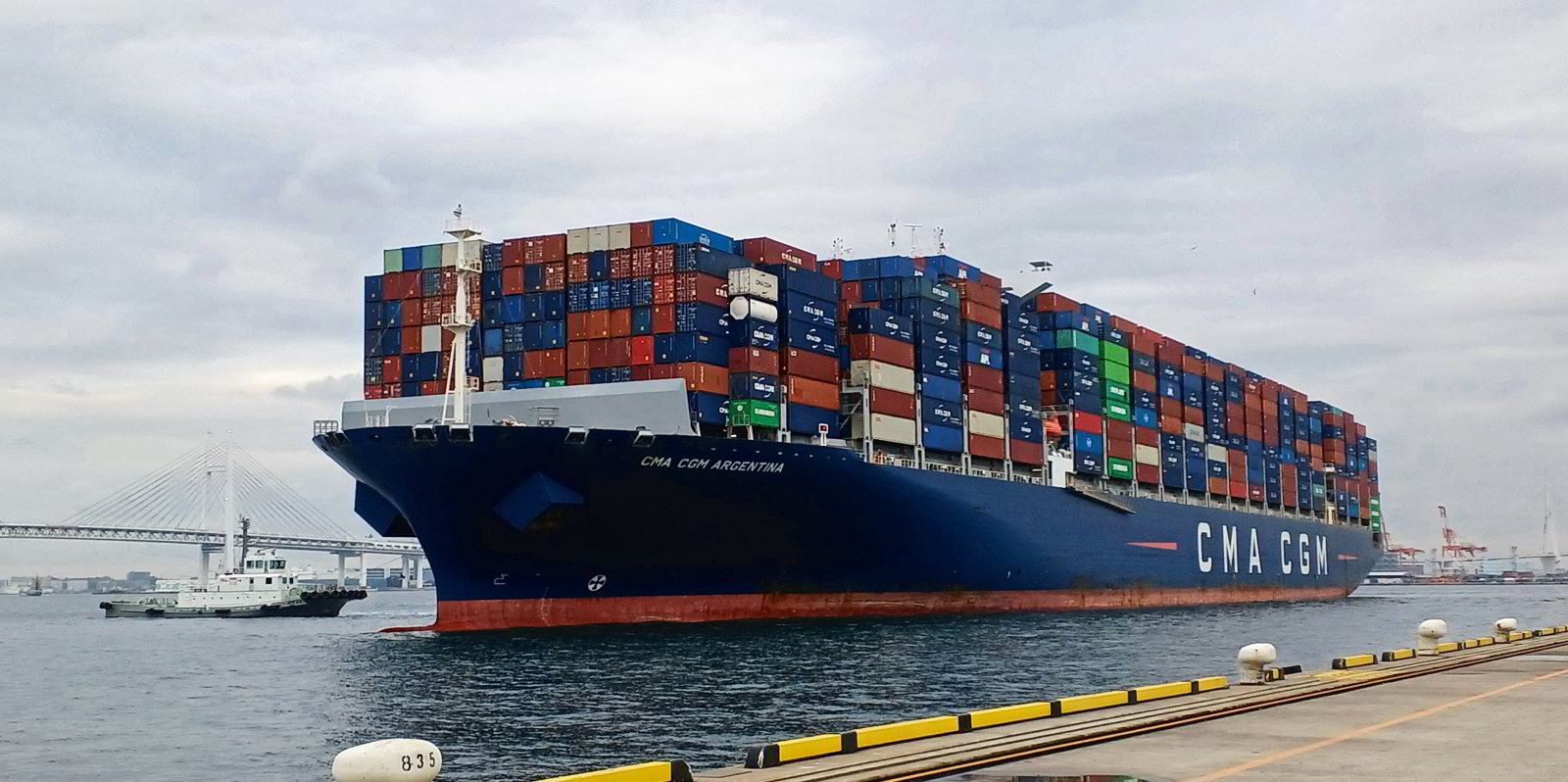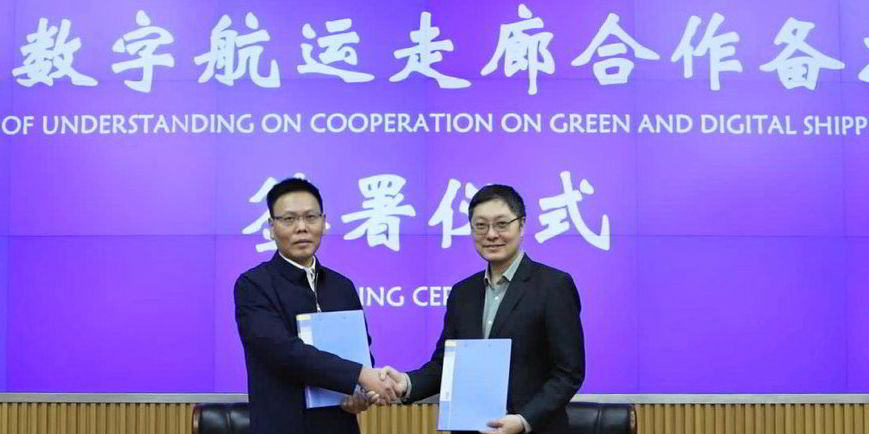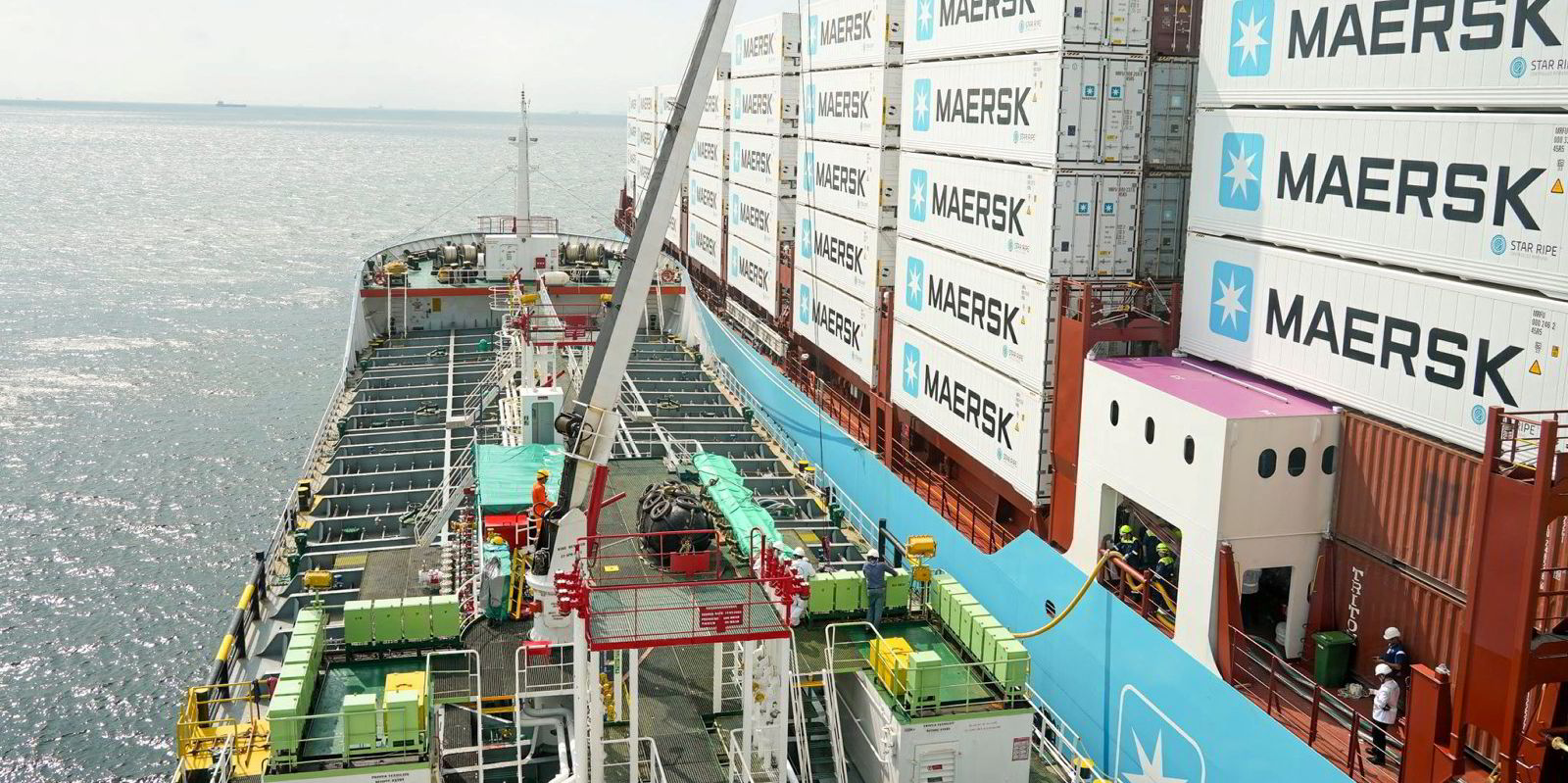Singapore has teamed up with six ports in Japan to expand its growing network of green and digital shipping corridors (GDSC).
The city state’s ministry of transport (MOT) and Japan’s ministry of land, infrastructure, transport and tourism (MLIT) signed a memorandum of cooperation on Friday to establish the initiative.
The agreement, which marks the first GDSC established between Singapore and Japan, aims to develop standards and best practices supporting the decarbonisation, digitalisation and growth of the maritime industry.
The six Japanese ports involved are the Port of Tokyo, the Port of Yokohama, the Port of Kawasaki, the Port of Osaka, the Port of Kobe and the Port of Nagoya.
Japan is one of Singapore’s top 10 trading partners, and the trade volume between the two countries totalled SGD 65bn ($48.7bn) in 2022, according to the Maritime and Port Authority (MPA) of Singapore.
“With the establishment of the Green and Digital Shipping Corridor, MPA and the Japanese port partners aim to embark on pilot projects and trials for alternative marine fuels such as ammonia and hydrogen,” the maritime regulator said.
“The two sides will also work together to develop the necessary bunkering infrastructure, standards and training. They will also encourage the development and adoption of technologies to decarbonise port infrastructure.”
The memorandum of cooperation, which was signed in Tokyo by Singapore’s acting transport minister Chee Hong Tat and Japan’s transport minister Tetsuo Saito, was described by Singapore’s Transport Ministry as a “milestone collaboration”.
This is the latest in a series of GDSC agreed by Singapore, the most recent of which was with the Chinese port of Tianjin, the largest port in northern China.
At the recent COP28 in Dubai, Singapore unveiled a partnership strategy for a GDSC with the Port of Los Angeles and Port of Long Beach, following the signing of a memorandum of understanding by the trio during Singapore Maritime Week last April.
Singapore also has a GDSC under development with the Port of Rotterdam in what has been described as the world’s longest green corridor.
In late September, the two ports said they aim to reduce greenhouse gas emissions on the proposed corridor by an initial 20% to 30% by 2030.





